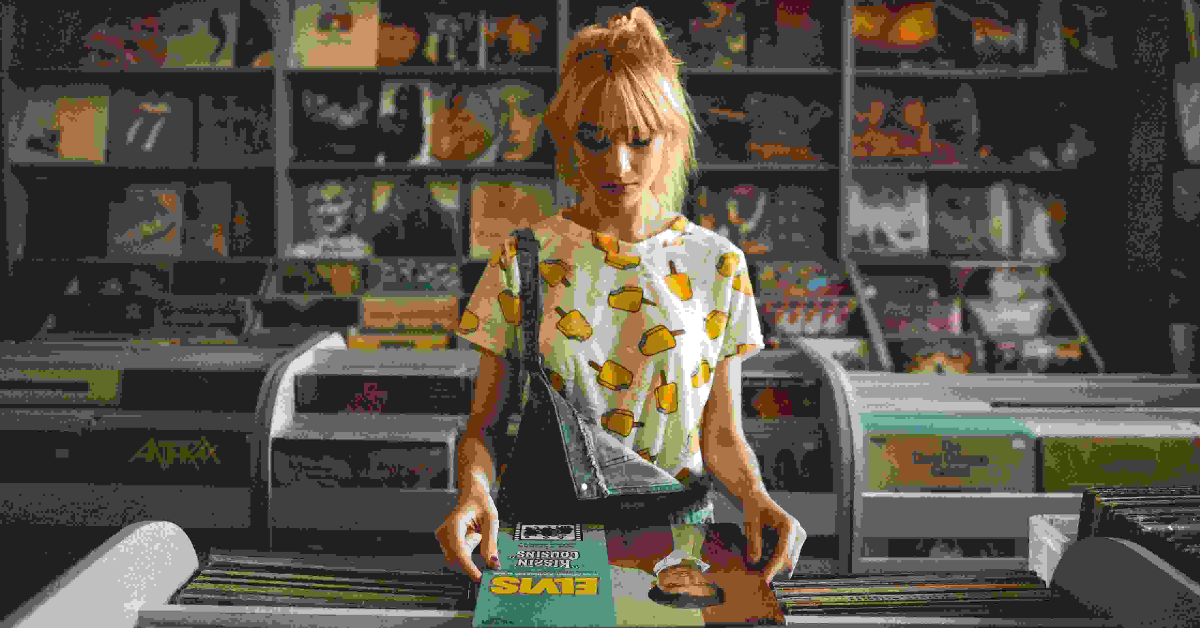Have you recently observed some old Vinyl Records in your basement or loft? Are you wondering how much they are worth? Indeed, just continue to read this article as I’ll go through a section of the various factors. As modern vinyl records are made up of material known as Vinyl. Records come in different colours, sizes, and shapes. Nowadays people interchangeably use the record as Vinyl and Vinyl as records.
Below are some of the factors that should be viewed when considering a value on a record
1. Condition
This is possibly the absolute most significant variable while setting a worth on a vinyl record. Does the record have scratches? Is the cover unblemished? These are some of the emotional judgments you really want to make. Such a judgemental mind requires while evaluating the state of your vinyl records. There are a few diverse reviewing frameworks and techniques that can help. There is no standard framework. But some are more broadly acknowledged than others. I suggest using the framework made by Goldmine:
Mint (M)
Totally great and perfect from every side. But never been played, conceivably even still sealed. You should use it sparingly as a grade.
Near Mint (NM or M-)
An almost amazing record. Many vendors will not give a grade higher than this suggesting (maybe correctly)that no record is at any point really awesome and perfect. The record should give no undeniable indications of wear.
Very Good Plus (VG+)
Normally, it is worth about 50% of the Near Mint worth. A Very Good Plus record will give a few indications that it was played. In any case, dealt with by a past proprietor who took great consideration of it.
Very Good (VG)
Generally, it is worth about 25% of Near Mint value. A significant number of the deformities found in a VG+ record will be more articulated in a VG plate. Surface noise will be obvious while playing. The noise originates, particularly in delicate sections. During a melody’s introduction and fade, yet won’t defeat the music in any case.
Great (G), Good Plus (G+) Generally worth 10-15% of the Near Mint worth. The Great doesn’t mean Bad! A record in Good or Good Plus condition can be put onto a turntable and will play through without skipping. Yet, it will have critical surface commotion and scratches and apparent score wear
It is ordinary to use this scale to grade both the state of the vinyl record itself and its going with the sleeve. Giving your vinyl records (their sleeves) an as fair and exact condition evaluation is the first. This is the most significant stage towards understanding their worth.
2. Market interest
Obviously, not all vinyl records are manufactured in similar quantities. A few records, like The Beatles, could be efficiently manufactured in large numbers. While most records are delivered by smaller artists on smaller independent labels. That would just be pressed in runs of two or three thousand or even less. In spite of that, vinyl records by The Beatles or Rolling Stones hold very little worth. But that record by underground groups holds a higher worth. Despite this, a part of the world’s most significantly valued records by The Beatles. How? Because that is associated with release number, release year, and the set of experiences and current fame of an artist or band. We should initially take a look at history and its prominence.
3. History and prominence
Vinyl records that represent a historic worth today often have excessive costs. Some examples can be early Motown singles. Soon Motown developed to become one of the greatest and most significant foundational institutes for soul music. Also, it’s the same with the original releases from genres like garage rock, krautrock, psychedelia. And they have grown in popularity throughout the years. Also, there are recordings from artists and bands that have been popular throughout the years. And those who first got the acknowledgement they merited after their demise. In such incidents, the market gives these records for very high costs. Such records get tremendous high value in the market due to their prominence.
4. Release number and release year
You can set a value on a Vinyl record only if it has a release number. The release number is important for labelling the records. And that label tells you when it releases the record and its release year. Without the release number, it is extremely challenging to set a value on a vinyl record. As a matter of first importance, a few labels may be more collectable than others. That is particularly valid for specific labels that specialize in one-off and limited vinyl releases. Also, the more significant thing is the release number and year will let you know which pressing you own. If you own the original first pressing or a re-issue for instance. Most well-known records will be pressed in more adjustments. It relays upon popular interest. In the event that you have an original pressing of a Beatles record from 1965. Then you can be certain that this record is worth more than a similar LP reissued in 1973 for instance. The world’s most worthwhile vinyl records are either test pressings or unique releases. Which have been pulled off the market for different reasons. Subsequently, not very many duplicates are available for use. Just a few copies remain.
5. Additional items and Limited Editions
Numerous vinyl records are additionally regularly pressed in two unique versions. The typical one in a large number and an extraordinary release in an exceptionally restricted run. These often incorporate additional items, inward sleeves with liner notes, gatefold cover, extra tunes, and as such. This is then additionally essential to think about while affirming the worth of a vinyl record.
So these are the five most significant viewpoints to think about while stating the worth of Vinyl Records. More data on the worth of vinyl records is accessible both on the web and in book structure.

